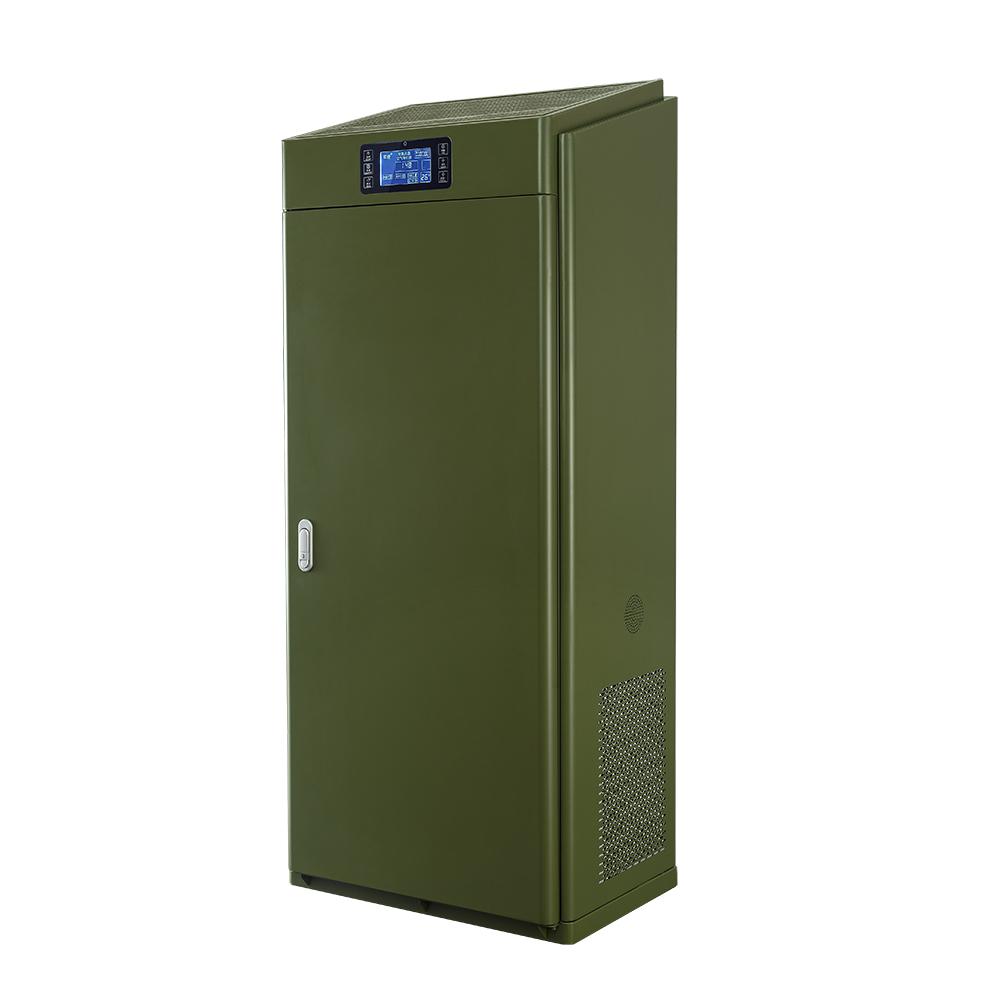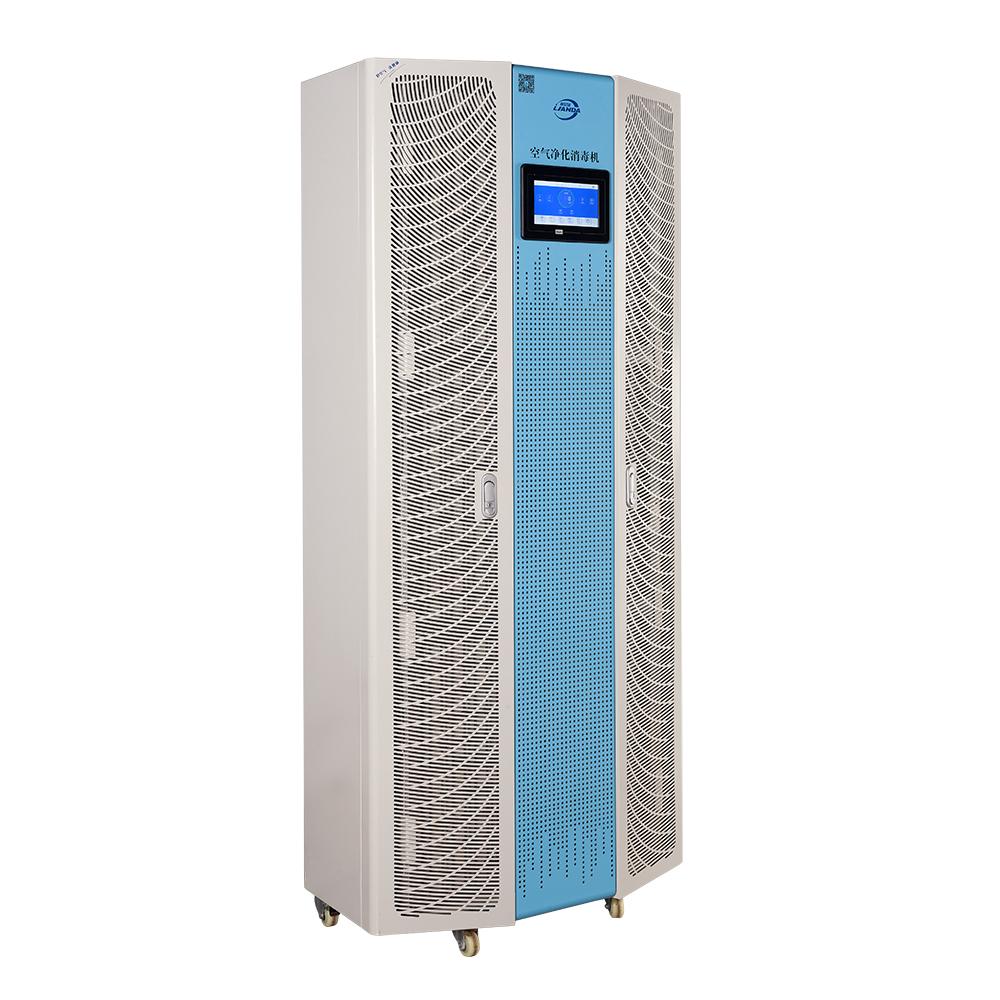The relationship between plants and air purification
In modern cities, air pollution has become a serious environmental problem. Factors such as industrial emissions, automobile exhaust and domestic waste are constantly deteriorating air quality. In order to improve this situation, many people have begun to pay attention to the important role of plants in air purification. Today we will discuss how plants purify the air through natural processes and how to use plants to improve indoor and outdoor air quality in daily life.
Ⅰ. Air purification mechanism of plants
The reasons why plants can effectively purify the air are mainly the following:
1. Photosynthesis: Plants absorb carbon dioxide and release oxygen through photosynthesis, which not only improves the oxygen content in the air, but also reduces the concentration of carbon dioxide. This process is essential to maintain the balance of atmospheric composition.
2. Particle interception: The leaves of plants can capture dust and particles in the air. When the wind blows through the plants, these particles tend to settle on the surface of the plants, thereby reducing the amount of floating dust in the air.
3. Absorption of volatile organic compounds: Many plants have the ability to absorb volatile organic compounds (VOCs) in the air, such as benzene and formaldehyde. These compounds are commonly found in household items, detergents and building materials and are harmful to human health.
4. The role of soil microorganisms: Soil microorganisms around plant roots can decompose some harmful substances and improve air quality. Plants secrete substances through their roots to promote the growth of beneficial microorganisms, thereby enhancing the purification effect.

Ⅱ. Plant selection
When choosing suitable plants to achieve air purification, you can consider the following plants with good air purification capabilities:
1. Ivy: Ivy is a highly adaptable plant that can effectively remove harmful substances such as formaldehyde and is very suitable for indoor environments.
2. Tiger tail orchid: Tiger tail orchid can photosynthesize at night, release oxygen, and can effectively remove benzene and formaldehyde. It is suitable for placement in the bedroom.
3. Peace lily: This plant is not only beautiful, but also can filter a variety of harmful gases. It is suitable for placement in offices and homes.
4. Green radish: Green radish is an easy-to-care indoor plant that can absorb harmful substances such as formaldehyde and benzene in the air and is suitable for newly renovated houses.
Ⅲ. Comprehensive actions for air purification
Although plants play an important role in air purification, plants alone are not enough to completely solve the problem of air pollution. We can also take the following comprehensive measures:
1. Ventilation: Regularly opening windows for ventilation can effectively reduce the concentration of indoor pollutants.
2. Reduce the use of chemicals: Choose environmentally friendly cleaners and paints to reduce the release of harmful gases.
3. Increase green vegetation coverage: Adding parks, green spaces and roof gardens to urban planning can not only increase the greening rate of the city, but also improve air quality.
Plants play an indispensable role in air purification and can improve the air quality around us through various mechanisms. By rationally selecting and properly configuring plants, combined with other environmental protection measures, we can create a healthier living and working environment in our daily lives. Let us pay attention to air quality and use plants to contribute to the health of the earth and ourselves.




